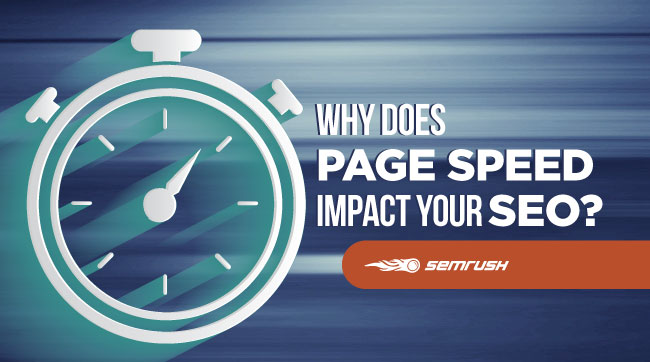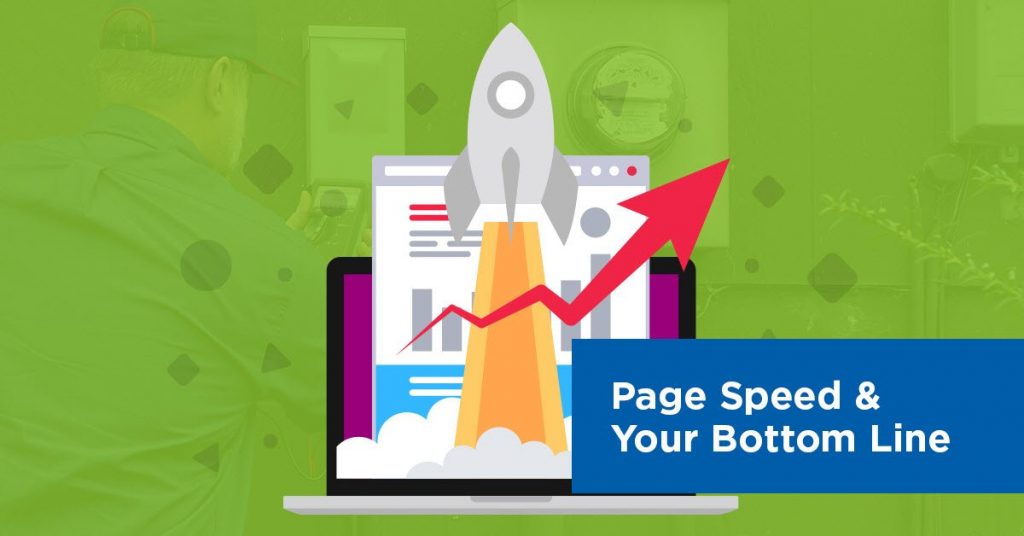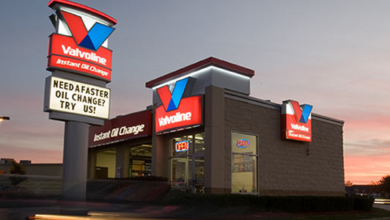5 Reasons Why Website Speed Matters in SEO

How long are you ready to wait for what you want to see activated as you click through your mobile or pick up a laptop? Five or more seconds? Maybe if you are very diligent and want to see this material urgently. The most important way to do so is by making the longer your page is mounted, the more probable you quit your screen. Here are the five explanations for why website speed matters in SEO..
SEO Factor

The battle to reach a strong search engine rating will never stop. Countless corporations try their utmost every day to place their websites above rivals. Daily practices to automate a website are needed in this regard. And the optimization of the website is one of the amazingly important aspects of Search Engine Optimization.
In 2010, Google revealed that link speed will play a leading role in the ranking of websites. Although it’s not the only element in your search engine rankings, loading and using the good practices of Google is more successful than rankings that do not.
In 2017, Google reported that page speed will improve the rating of your blog. Your mobile and desktop websites are now ranked based on Google signals from the mobile view. The scores of both the mobile and desktop pages in Google are thus calculated by the search speed of your mobile website.
The secrets of Google are inaccessible. Some of them have not yet been identified and others have released. It’s no longer a secret for SEO plays that Google doesn’t like lenient websites thanks to a 2010 announcement; that’s why it could get punishments in the ranking. For reality, no organization will hope, otherwise, rivals with faster loading of a website would overtake them.
Better User Experience

The user experience is all about giving the guests a pleasant and easy experience, as website speed matters in SEO. The 2 key aspects of user experience are to tell customers what they want and offer them easily. Recall that first impression are important, too! When you load your website soon, your potential customers will be glad that you made an initial impact. Quick websites are deemed competent and trustworthy by citizens.
When it comes to your site’s pace, web user actions should be the primary concern. Eventually, you want them to do something on your platform–buy a product, use your software or just get updated. As we said above, in less than 2 seconds, half of them want to load the platform. Web users usually look forward to it. If a website takes a while to load and find better alternatives, they get irritated. You are obliged to ensure the loading of your page or website in less than 2 seconds because you want these people to access your website. The customer is king, after all, okay?
On the opposite, a sluggish website makes people feel it’s vulnerable, unstable and unpredictable. And this first experience can hardly be changed later. Therefore, to improve the user experience and give your potential customers a true first impression, take a close look at your charging level. People accessing the website want something, so offer it to them before they go to their rivals as soon as possible.
Conversions & Selling Site Speed Affects

The better the customer interface, the stronger the sales. It’s so easy. If most of the customers abandon your website because of the lenient loading pace, the conversions and profits will vanish. So, if you don’t want to lose income, check the load speed of your website. If the load pace ensures that half of your potential customers abandon their properties, it pushes the profits and conversions further. So if you want to avoid missing profit gains, check the loading pace of your website. In comparison, 1-second page-load time delay will result in a reduction of 7% in conversion, 11% less in page browsing and 16% less satisfaction for users, according to Strangeloop Networking case-research that included Google, Amazon, and other major websites.
Time is Money

Each second it takes to load the web increases the likelihood of people leaving. Of e-commerce areas, page velocity negatively affects profits and sluggish page velocity. Research by Kissmetrics found that a page speed delay of 1 second would lead to a loss of $2.5 million every year for an e-company worth $100,000 a day! 52 percent of online customers consider quick page loads that are key to their site loyalty. Loyalty counts in a competitive environment.
For each 1 second of change in page load, Wal-Mart reported a 2% gain in conversions. For every 100 milliseconds of increased site volume, Amazon announced a 1% increase in revenue. These are two figures that are slightly different. The speed of the page is often specified in two ways: first byte load time or speed of loading. The load time for a particular page on your website defines how long it takes for content to be fully loaded or displayed. The first-byte time corresponds to how long it takes the user to retrieve the first byte from the backend of the web. However, the site speed is a total–the average page rate across a selection of site views. According to the accumulated number of the web level, change needs more. In the case of Amazon, though, the only consequence was a rise of only a tenth of a second in sales. Whatever you do, you want to ensure that the pages you load on your site are installed as fast as you can.
Mobile Phone Optimization

In 2015, Google revealed that mobile devices produce more online searches than computers on the desktop. Mobile devices today account for over 65% of digital media usage. This suggests for advertisers the future growth in apps is directly linked to how well you can represent the smartphone population. A key aspect of mobile optimization is the user experience design of your app, including loading time. Mobile users are considered to be particularly aggressive when it comes to website pace. According to a survey, nearly half of mobile users anticipate a web page to be loaded within two seconds or less and roughly 40 percent expect a web page to load longer than 3 seconds.
In comparison, other analysis from Google Neural networks showed the chance of mobile site users bouncing up by 123 percent following cell page charge time varying from 1 second to 10 seconds. Similarly, the probability of conversion decreases by 95 percent as the number of items, such as words, titles, images, etc. on a page ranges from 400 to 6000. Therefore, you will also need to prepare for the smartphone audience to provide an optimal page loading time if you want to develop your website in the coming months and years.



